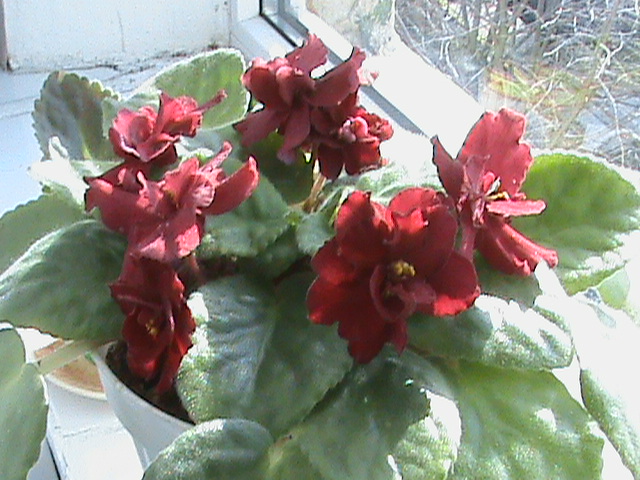Ideal soil for planting Parma Violets – part 2
 Humus plays an important role in the development of African violets. Made up of decomposed organic matter from the soil, it mostly provides food for the plants and the antibodies that protect them against many diseases.
Humus plays an important role in the development of African violets. Made up of decomposed organic matter from the soil, it mostly provides food for the plants and the antibodies that protect them against many diseases.
Humus is found in the ground at a depth of 20-30 cm from the surface. The most beneficial types of humus for violets are those resulting from the decomposition of acacia leaves, fir and nettles. These types of humus can be pre-cooked in domestic conditions for 2-3 years or brought directly from acacia forests, fir trees or from places where nettles grow in abundance.
The consistency of the humus must be a puhava and crumbly one. When we squeeze in the palm of the hand of the earth, it does not have to be made bot.
After it was brought from the forest, it is cleaned of twigs, leaves and other debris and keep in the oven at a temperature of 200 °C for an hour.
After, it is mixed with other compounds, like:
Sphagnum muscle, two to three dried mounds/ 3 kg humus;
crushed barbecue charcoal, 2-3 tsp;
dried and ground eggshells, 2 tsp;
river sand, according to your preference. It is added only if the humus composition includes some clay.
Mixing the ground well we will get a mixture in which the flowers will simply crumble.
A week after planting the violets will get wet with warm water in which a few grains of glutamate have been dissolved to remove the salts harmful to the root of the flower and the possible pests that have resisted the temperature of thermal processing of the soil.
A day after the plant was watered, the saucer underneath the flower is washed and disinfected.

